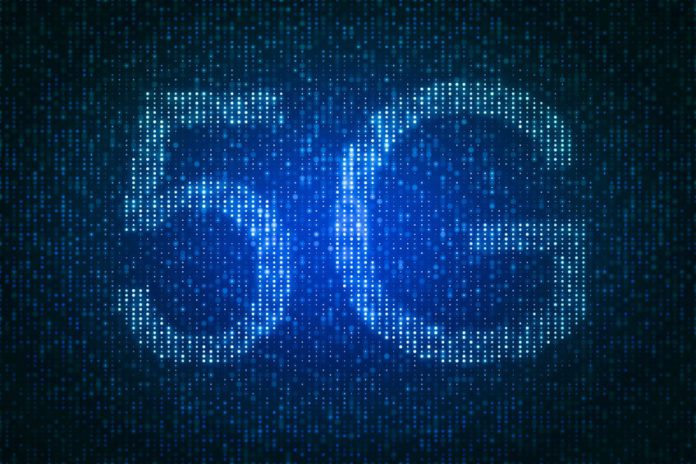ENDC has been described as a bridge between 4G LTE and 5G cellular technologies
ENDC, or E-UTRAN New Radio – Dual Connectivity, is a Non-Standalone (NSA) feature that makes it possible for mobile devices to access both 5G and 4G LTE networks at the same time, which allows carriers to tap into the benefits of both network technologies simultaneously.
Most 5G networks today are NSA, and so rely on a 4G network core — as opposed to Standalone (SA), in which a brand new 5G network core is deployed. Operators, then, have turned to ENDC to optimize both 5G and 4G LTE service. According to RootMetrics, ENDC, by combining 5G with 4G LTE, provides additional bandwidth, and therefore, allows carriers to boost 5G availability, speed and reliability.
For example, a user attempting to download a large amount of data, can do so using the speeds from both 4G LTE and 5G simultaneously, and so, if the user were to move to an area where 5G is unavailable while the data is still transferring, the device would seamlessly continue using 4G LTE.
Because of the way that ENDC creates a smooth transition from LTE to 5G operation, Cradlepoint’s Director of Product Marketing James Weaver described it as a bridge between generations of cellular technologies.
“The technology that enables a 4G and 5G connection to occur at the same time. In the past, a change in network demand or availability typically resulted in a clunky transition between 3G and 4G. The device was forced to choose between one or the other. ENDC allows streams of LTE and 5G to flow simultaneously, ultimately increasing bandwidth and reducing service interruptions,” Weaver wrote in a blog post.
The future of ENDC for 5G
While ENDC technology remains critical for improved 5G network operation — and will continue to do so in the short term — that will change in the 5G SA future that the industry is moving towards. As of January 2022, the GSA reported that 99 operators in 50 countries worldwide are investing in public 5G SA networks in the form of trials, planned or actual deployments. Twenty operators in 16 countries/territories had launched public 5G SA networks, including China Mobile, Vodafone UK and Germany, SoftBank, T-Mobile US, SingTel, STC, Rogers, RAIN and DIRECTV.
As this list grows, 4G LTE’s role in 5G will become limited, eventually diminishing the value of ENDC architecture. But that’s okay, because 5G SA will lead to lower costs for operators and improved performance for users, as well as usher in a new capabilities like network slicing and enterprise and consumer use cases.

